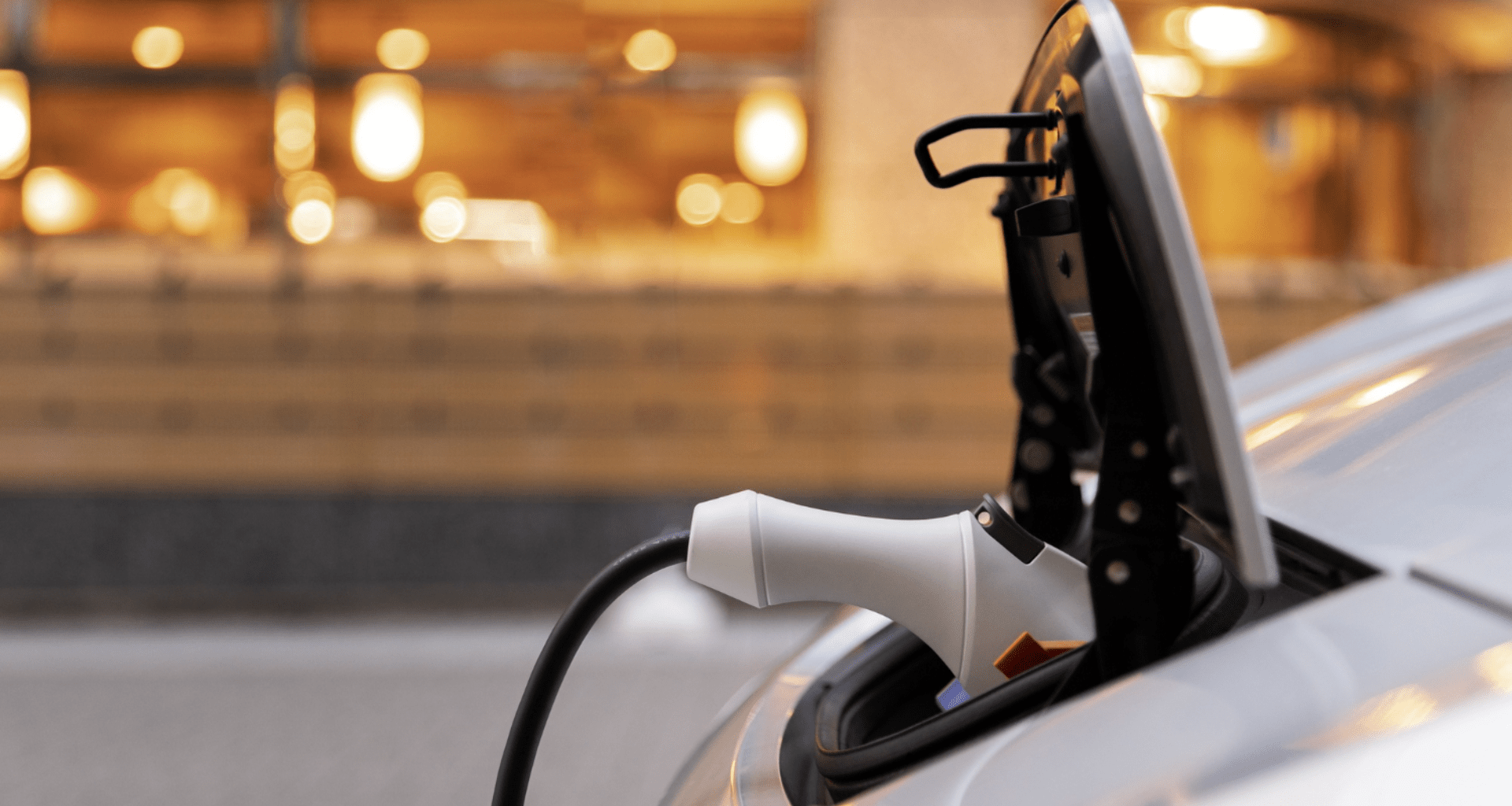China is expanding its efforts to make electric vehicle battery recycling more efficient and sustainable. The country’s General Administration of Market Supervision has recently approved five new national standards, bringing the total number to 22.
These regulations define how retired EV batteries should be managed, dismantled, and tested for remaining energy.
Widely adopted across the industry, standards such as the “Vehicle Power Battery Recycling and Dismantling Specification” and “Vehicle Power Battery Remaining Energy Detection” have helped companies reach recovery rates of up to 99.6 percent for nickel, cobalt, and manganese, and 96.5 percent for lithium – advancing both environmental sustainability and economic circularity.
Examples include the production workshop of Battery Science & Technology in Tianjin, a city in northern China, where old electric vehicle batteries are given a second life. Once they arrive, the batteries go through a detailed process of dismantling, crushing, and purification. Through this method, more than 95 percent of lithium elements are successfully recovered and refined into new battery materials.
Chinese experts drive new IEC project on battery recycling guidelines
The country is also setting up a national technical committee to create unified standards for battery recycling. Led by the General Administration of Market Supervision and the Ministry of Industry and Information Technology, the committee brings together experts from every stage of the battery lifecycle – from raw material supply and production to recycling, dismantling, and material reuse.
Its work will cover batteries used in vehicles, ships, and energy storage systems, with more national standards expected to follow.
Thus, Beijing is strengthening its role in shaping the global rules for electric vehicle battery recycling, as Chinese experts are contributing to international standards that define how second-life batteries are evaluated, classified, and recycled.
A major milestone came with the approval of China’s proposal, “General Guidelines for Deep Discharge in Battery Recycling and Utilization”, as an official IEC international standard project. Today, nearly 40 Chinese specialists are actively involved in international technical committees on batteries, ensuring that China’s expertise and practices are fully represented in the global standardization process.
Retired batteries banned from e-bike use
One of the first results of China’s tightened safety measures is the ban on using retired lithium batteries in electric bicycles, a move aimed at preventing fire risks and ensuring proper recycling.
Alongside this, the Ministry of Industry and Information Technology has introduced mandatory standards, such as the “Safety Technical Specification for Lithium-Ion Batteries in Electric Bicycles”, to improve battery safety across the board.
These initiatives have already begun shaping safer and more sustainable recycling practices, as the government continues to expand and update standards for lithium batteries used in vehicles, ships, and energy storage systems.
The volume of lithium batteries in circulation in China reached 1,300 GWh in 2024. Battery retirements are expected to peak in 2026, with annual retirements increasing by around 30 GWh afterward. Based on current projections, China could achieve self-sufficiency in lithium by 2040 through the efficient recycling and reuse of these retired batteries.
